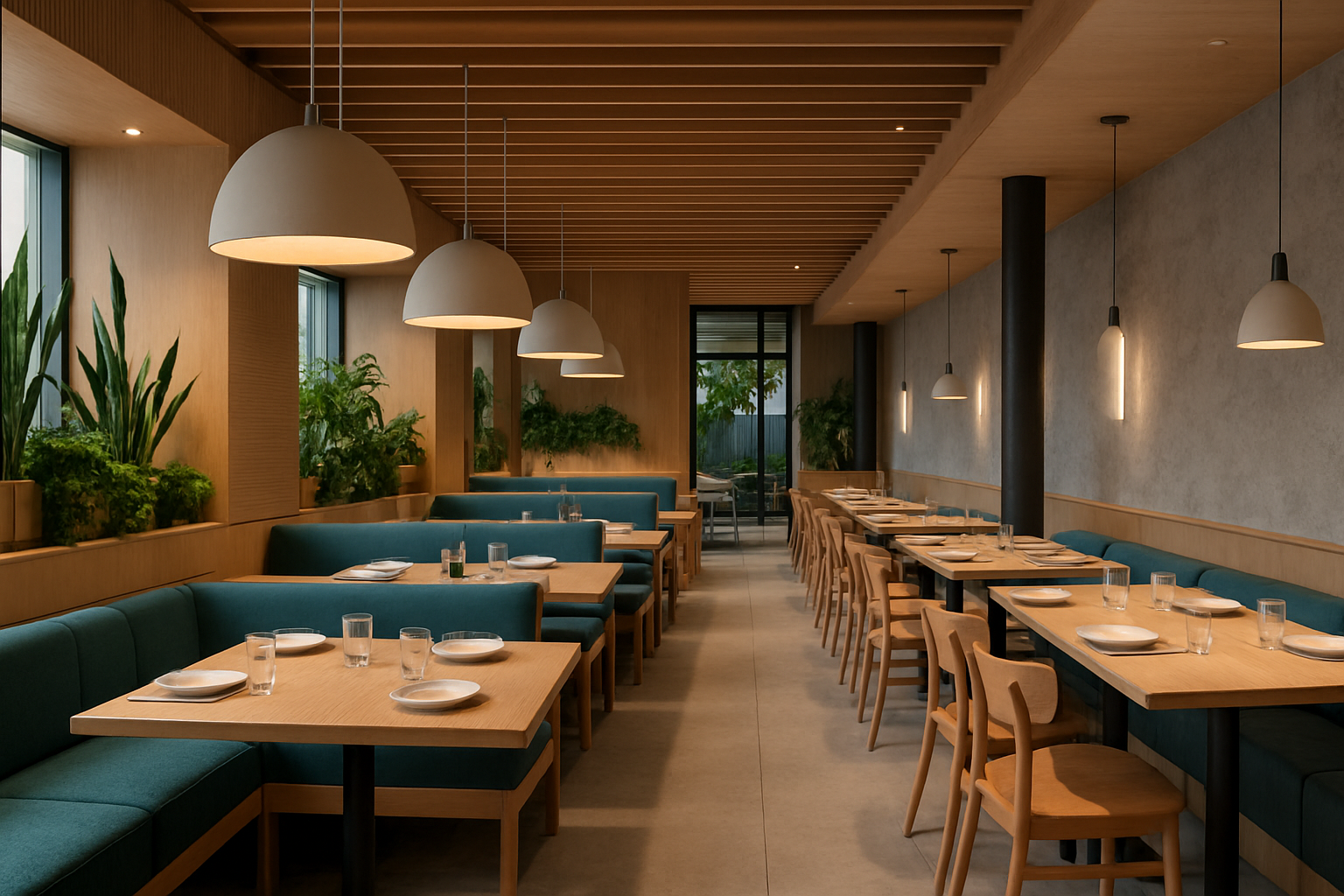Best Business Loans for Restaurants in 2025
Why Restaurants Need Specialized Loans
Running a restaurant comes with unique financial challenges:
-
High upfront costs for kitchen build-out, equipment, furniture
-
Variable cash flow (seasonal swings, slow periods)
-
Inventory spoilage, supply fluctuations
-
Labor costs, lease/rent payments, regulatory compliance
Because of these risks, many lenders treat restaurant financing as a specialty. The right loan product can give you growth capital without crippling your cash flow.
Top Loan Options for Restaurants in 2025
Here are the most commonly used types of business loans that suit restaurants:
1. SBA 7(a) Loans
Probably the “go-to” option for many restaurants:
-
Usable for working capital, expansions, refinancing, buying equipment, real estate.
-
Flexible repayment terms (often up to 10 years for non-real estate, 25 years for real estate).
-
Favorable interest rates because of SBA guarantee.
-
Requires strong credit, full documentation, sometimes collateral.
SBA 7(a) is widely recommended for restaurants with a proven track record.
2. Equipment Financing / Leasing
If you need ovens, refrigeration, POS systems, or kitchen gear:
-
The equipment itself often serves as collateral (reducing additional guarantees).
-
Lower upfront cost — you spread payments over time.
-
Helps preserve capital for operations.
3. Business Line of Credit
Useful for restaurants needing flexible access to cash:
-
Acts like a “credit card” for your business — borrow only what you need.
-
Helps manage cash fluctuations, slow seasons, or emergency expenses.
4. Working Capital / Short-Term Loans
Best for bridging cash flow gaps or funding short-term needs:
-
Often simpler to qualify than long term loans.
-
Funds are used for payroll, supplies, rent, etc.
5. Merchant Cash Advance (MCA)
High cost but fast access:
-
You get upfront cash in exchange for a portion of your daily credit card/debit sales
-
Payments adjust with your revenue — helpful during slow periods.
-
Use cautiously because rates and fees can be steep.
6. Restaurants / Franchise Specialty Lenders
Some banks or divisions focus on restaurant financing:
-
For example, Bank of America has a Restaurant Finance Group that offers restaurant and franchise funding. Bank of America
-
Local banks or community lenders may have restaurant-specific programs.
-
Some lenders or brokers advertise fast approvals (e.g., Credibly claims restaurant funding in ~4 hours). Credibly
What Rates & Terms to Expect
-
SBA 7(a) variable rates for restaurants often fall between 10.25% – 13.75% (depending on size and term) in 2025.
-
Fixed rate 7(a) may range 12.25% to 15.25% depending on loan size.
-
Bank and standard loans in 2025 have average rates between 6.6% and 11.5% for well-qualified borrowers.
Terms will vary significantly based on:
-
Borrower’s credit score, revenue, and profitability
-
Amount of collateral offered
-
Time in business
-
Loan structure (fixed vs variable, secured vs unsecured)
Best Strategies to Qualify & Negotiate
-
Show consistent restaurant revenue and trends
Lenders want to see your monthly sales, margins, and cash flow history. -
Prepare your financials & projections
Clean balance sheets, profit/loss statements, and realistic forecasts. -
Offer collateral or personal guarantee if required
It lowers lender risk and may get you better terms. -
Use multiple lenders
Apply to SBA lenders, local banks, and restaurant-friendly lenders to compare. -
Negotiate fees and structures
Some lenders include hidden origination or processing fees—clarify total cost. -
Time your application
Apply during your stronger revenue periods or when monthly cash flow is high.











